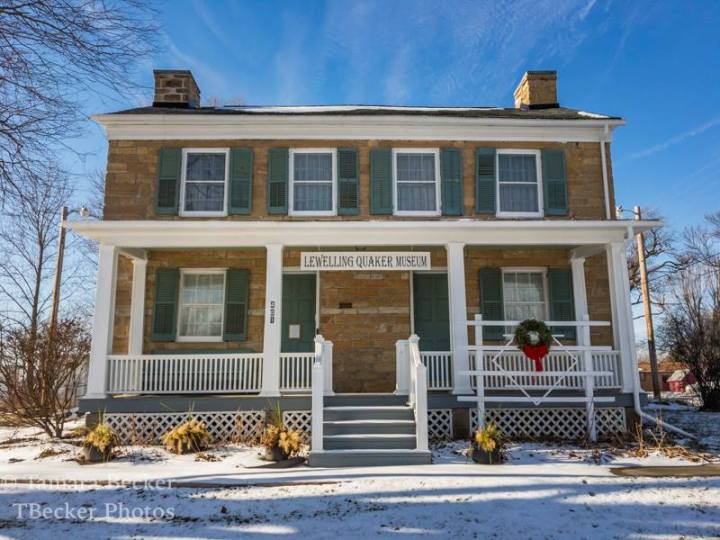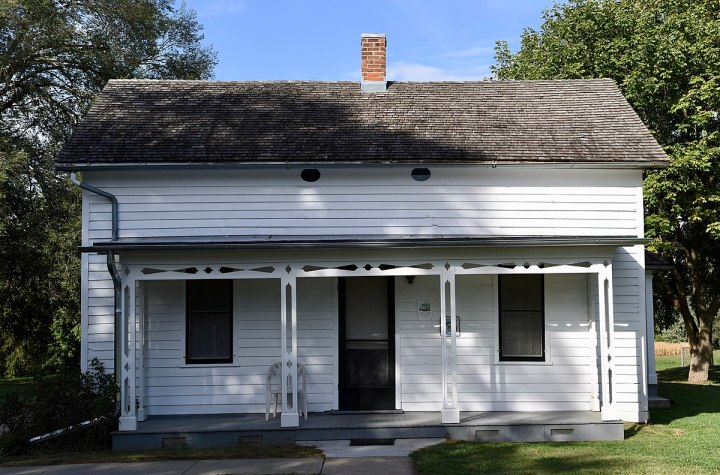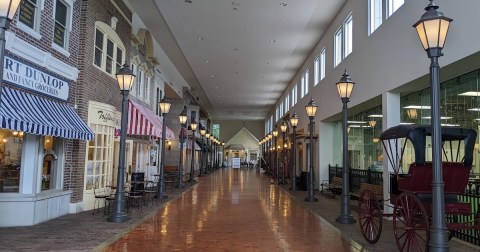5 Incredible Places Around Iowa That Were Once Part Of The Underground Railroad
When the Civil War broke out in 1861, Iowans were thrown into the middle of the country’s greatest conflict. After all, the state was young, and had only joined the Union 15 years prior. The population of Iowa consisted of farmers from both Northern and Southern states, looking for new land to settle. The state remained a free state – making it the westernmost free state – and was an important destination for slaves moving out of Missouri. The underground railroad network in Iowa was thorough, radical, and successful in helping thousands of enslaved men, women and children find the road to freedom. Today, there are five preserved homes that remain a tribute to the history of the underground railroad in Iowa, and you can tour each of them.

George B. Hitchcock House is located at 63788 567th Ln., Lewis, IA. It’s open for tours from 1pm to 5pm, Tuesday through Sunday in May through September. Tours cost $5, and proceeds are used to keep up the museum.

You can find the Henderson Lewelling House and Quaker Museum at 401 South Main Street in Salem, Iowa. It is open to the public May through September on Sundays from 1:00 pm to 4:00 pm. You can also call the Museum at 319-258-2000 to make an appointment for a tour.

The Pearson House is located at 718 Dodge St. Keosauqua, IA 52565, and is open on Sundays 1-4 p.m. Call 319-293-3311 to make an appointment for a different day or time.

Tour the Jordan house on Friday and Sunday, from 11 am - Noon, or 1 pm - 2 pm.

The Todd House is open for tours by appointment. Call 712.629.3164 to schedule.
Iowa has some incredible history behind its existence! Check out the stories of The 12 Oldest Towns In Iowa That Are Loaded With Local History
OnlyInYourState may earn compensation through affiliate links in this article. As an Amazon Associate, we earn from qualifying purchases.




